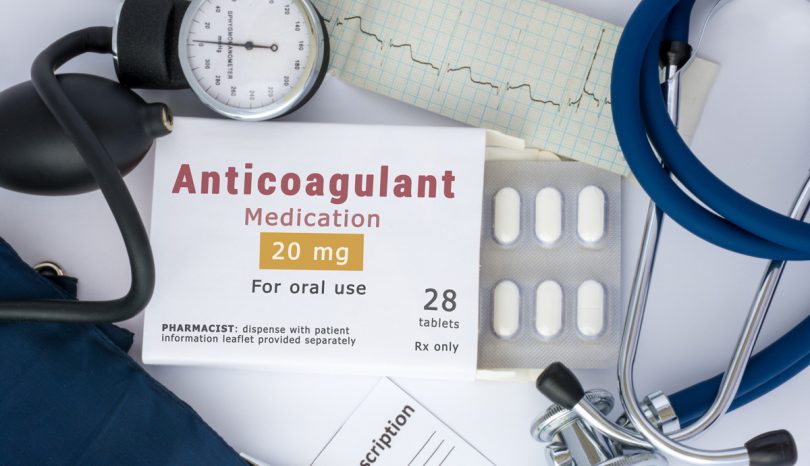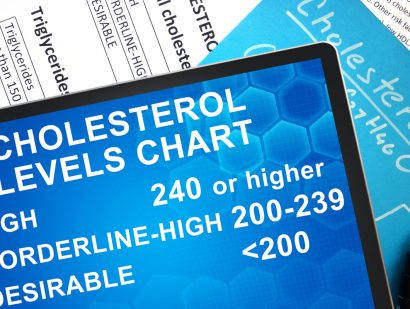- Find A Medical Provider
- Auto Injuries
- Common Injuries
- Medical/Pharmaceutical
- Types of Medical Injuries
- Malpractice Injuries
- Drug and Medical Device Injuries
- Drugs and Devices Linked to Cancer
- Opioid Addiction
- Drugs and Devices Known to Cause Injury
- 3M Combat Arms Earplugs – Hearing Loss
- Accutane
- Aciphex
- Actonel
- Actos
- Adderall and Ritalin
- Advair
- Aldara (Imiquimod)
- Alli
- Ambien
- Amiodarone
- Anzemet
- Aptivus
- Aranesp
- Arava
- Atorvastatin
- Avandia
- Benicar
- Birth Control Medication
- Blood Thinners
- Essure
- Fosamax (Alendronate Sodium)
- Gadolinium-Based MRI Contrast Agents
- Granuflo
- Hernia or Surgical Mesh Injuries
- Hydroxycut
- Inferior Vena Cava Filters
- Invokana Toe and Foot Amputations
- Ketek
- Levaquin
- Lipitor
- Mirapex
- Neurontin
- Onglyza
- Over-the-Counter Medications
- OxyContin
- Paxil
- Power Morcellators
- Pradaxa
- Propecia
- Reglan
- Talc Powder
- Trasylol
- Valsartan
- Viagra
- Xolair
- Zelnorm
- Zoloft
- Work Injuries
- Sports Injuries
- Marketing Services
- Blog
List your practice on InjuredCare | Log in / Sign up
Anticoagulant Bleeding

The Risks Associated with Blood Thinners
When you suffer from atrial fibrillation (known as Afib), or are otherwise at increased risk of suffering a stroke or ischemic attack, it's a common practice for a medical professional to prescribe anticoagulants or blood thinners. As a general rule, the risks associated with anticoagulant bleeding—excessive bleeding stemming from the use of blood thinners—are less serious than those associated with a stroke. Accordingly, if your doctor diagnoses you with a significant risk of stroke, you shouldn't avoid taking blood thinners because of a fear of excessive bleeding.
Common Anticoagulants
There are a number of prescription blood-thinning drugs on the market, but the most commonly used are:
- Warfarin (also known as Coumadin), used in stroke prevention for more than 60 years. Patients using Warfarin are generally at greater risk of internal bleeding, so must submit to regular blood testing. The thinning properties of Warfarin can be stopped or reversed with vitamin K. Warfarin also has been shown to interact poorly with some other medications.
- Rivaroxaban (also known as Xarelto), a drug developed relatively recently. This drug is referred to as a NOAC (novel oral anticoagulant). It doesn't actually thin your blood—it just slows down the clotting process.
- Dabigatran (also known as Pradaxa), another relatively new drug that has a much shorter lifespan than Warfarin. Dabigatran is similar to Rivaroxaban, with properties that inhibit clotting.
- Apixaban (also known as Eliquis)—Another NOAC, Apixaban has no known antidote and may interact negatively with other drugs.
A Common-Sense Approach to Using Anticoagulants
In most instances, bleeding associated with the use of blood thinners is neither serious nor life-threatening. As a general rule, you don't need to worry about so-called "nuisance bleeds," such as nosebleeds, razor cuts, or other minor cuts or lacerations. To avoid regular instances of nuisance bleeding, take the following precautions:
- Use a soft toothbrush
- Wear shoes at all times
- Wear protective gloves when working with any kind of tool
- Wear appropriate safety gear when participating in athletic events
- Pay attention when you are trimming hair, nails, or anything else









